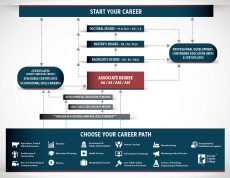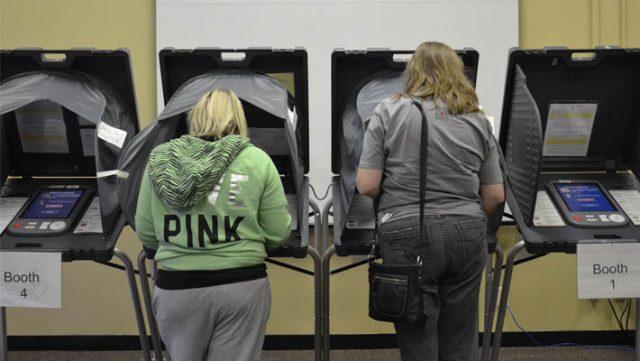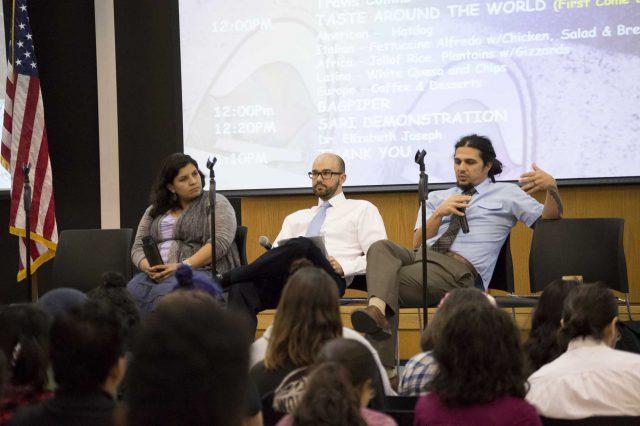By Colt Taylor/ campus editor

TCC
The journey through education is different for every student.
As all students have their own unique interests so too will their pathways differ from one another’s.
The model most students are familiar with is the cafeteria model, NE president Allen Goben explained. Students start by selecting classes, a major and school to transfer to before considering their career and life goals. With the new pathways model being developed by NE Campus, students begin by deciding upon where they wish to end their college journey.
Pathways is part of the career clusters model, which TCC adopted in 2015, Goben said. Students take several interest assessments before selecting a career cluster and a pathway to follow. One should never do anything based on one assessment, Goben said.
“There’s a pathway associated with each career cluster,” NE academic affairs vice president Linda Braddy said.
The 16 career clusters are first introduced in the K-12 level, Braddy said. High school students are required to select a career cluster as part of a state law passed in 2013, NE community and industry vice president Jerry Zumwalt said.
“The goal is to have focused study during high school,” Zumwalt said.
Of course, students don’t need to stay with the first career cluster they choose if they don’t want and may change clusters and pathways at any time.
Unlike in the previous model in which changing majors without earning a degree wastes time and money spent on classes up to that point, Pathways offers stackable certificates as students move toward their chosen degrees.
“People take jobs that are typically less skilled when in college ’cause it’s more convenient … but it’s not really relevant to their career,” Zumwalt said.
These certificates act like miniature degrees and stack upon one another as students work toward the proper degree, Goben said. For example, the first four classes taken could equal one certificate, and the next one could require five classes. This totals nine classes needed for the superior certificate, but the first four count toward it as well as toward the initial certificate.
Each one can be added to a resume to let employers know exactly what the student can do, Goben said. Certificates are retained even if students switch majors, leaving them with something to show for time spent in class. In addition to these, Pathways also incorporates licensure needed for desired careers such as nursing.
Pathways also includes a non-college-ready-to-college-ready path as it includes developmental education and English as a second language courses for those who need them, Goben said.
The details of Pathways are still being ironed out, and not every class will tie in to a certificate, but the Pathways model is made to help students succeed in their college experience.
“We wanted to not only open the door of college, we wanted to make sure they had a better opportunity to succeed at college,” Goben said.





























